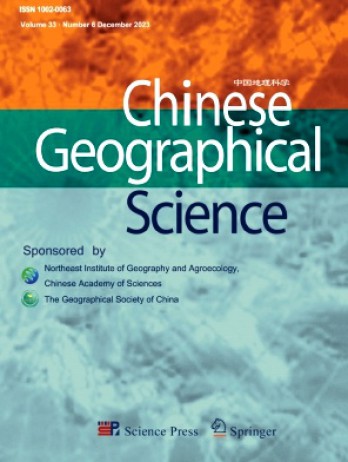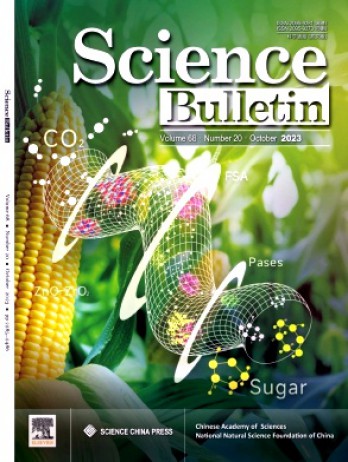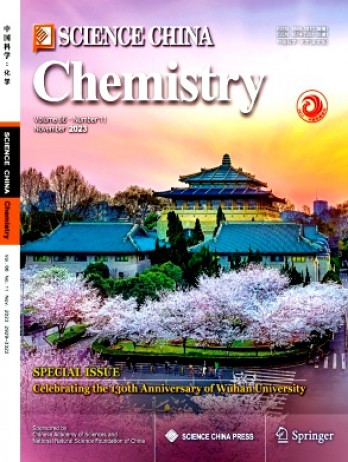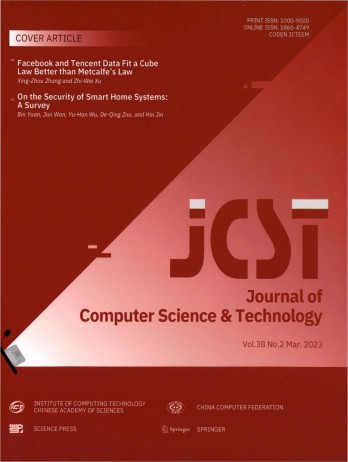想在《Chinese Geographical Science》雜志實(shí)現(xiàn)快速發(fā)表,需要遵循一定的策略和步驟。
以下是一些建議,具體策略如下:
1.?選擇合適的期刊
了解期刊要求:《Chinese Geographical Science》雜志要求投稿內(nèi)容與科學(xué)領(lǐng)域相關(guān),確保論文主題符合雜志的定位,主要欄目有學(xué)術(shù)論文、研究報(bào)道、綜述等。
關(guān)注審稿周期:《Chinese Geographical Science》雜志的審稿周期預(yù)計(jì):預(yù)計(jì)1-3個(gè)月。
2.?提高論文質(zhì)量
內(nèi)容質(zhì)量:確保論文內(nèi)容新穎、觀點(diǎn)明確、數(shù)據(jù)可靠,避免與已有文獻(xiàn)重復(fù)。
嚴(yán)格按照《Chinese Geographical Science》雜志投稿要求準(zhǔn)備稿件:
Form of Submission
Language. English is the preferred language of the publication.
Title/abstract/keywords. The title should indicate clearly the nature of the subject. Please provide a short abstract of about 300 words, which should not contain any undefined abbreviations or unspecified references, and more than five key words briefly summarizing the essential contents.
Affiliation of author(s). The author(s) and the full address of their institution(s) and postal code must be given under the title.
Foundation item/Corresponding author. The foundation item, foundation number and the Corresponding author?s name and E-mail should be given as a footnote in the first page.
Symbols and Units. The International System of Units (SI) should be used whenever possible. Other units may be given in parentheses when they first appear in the text
Figures. Figure should be made by computer, with the help of the software of Coreldraw.
Tables. Each table should be numbered consecutively (Table 1, Table 2, etc.). In tables, footnotes are preferable to long explanatory material in either the heading or body of the table. Such explanatory footnotes, identified by superscript letters, should be placed immediately below the table. Please provide a caption (without abbreviations) to each table, refer to the table in the text and note its approximate location in the margin. Finally, please place the tables after the figure legends in the manuscript.
Cross-Referencing. In the text, a reference identified by means of an author?s name should be followed by the date of the reference in parentheses where appropriate. When there are more than three authors, only the first author?s name should be mentioned, followed by “et al.”. In the event that an author cited has had two or more works published during the same year, the reference, both in the text and in the reference list, should be identified by a lower case letter like “a” and “b” after the date to distinguish the works.
Examples: Zhang (1986)
(Zhang, 1986a; 1986b)
(Zhang, 1986; Gong et al., 1988)
(Zhang and Gong, 1990)
Section Headings. Section headings should be numbered (e.g., 1, 1.1, 1.1.1, 2, 2.1, etc.). Acknowledgements. Acknowledgements of people etc. should be placed in a separate section
before the “References”.
References.
1. Book or chapter in book:
Carter R W G, 1988. Coastal Environments. London: Academic Press, 264–279.
Clarke S, 2000, Measurement and definitions of poverty in Russia. In: Gordon D (eds.).
Breadline Europe, The Measurement of Poverty. Bristol: The Policy Press, 307–356. 2. Journal article:
Lee K S, Chung E S, 2007. Hydrological effects of climate change, groundwater withdrawal, and land use in a small Korean watershed. Hydrological Processes, 21(22): 3046–3056. DOI: 10.1002/hyp.6513
3. Newspaper article:
Chen Zhikai, 2000. Water shortage in the northern China is more and more momentous. The People?s Daily, 2002-10-23(2). (in Chinese)
4. Dissertation:
Trent J W, 1975. Experimental acute renal failure. Los Angeles: University of California 5. Internet publication/Online document:
Doe J, 1999. Title of subordinate document. In: The dictionary of substances and their effects. Royal Society of Chemistry.Available via DIALOG.of subordinate document. Cited 15 Jan 1999
Submission of papers
Manuscripts submitted to this journal should not have been published, or simultaneously submitted elsewhere. Papers can be submitted to the website Please provide full address for correspondence, including telephone, fax number and E-mail address.
Research Data Policy:
The journal encourages authors, where possible and applicable, to deposit data that support the findings of their research in a public repository. Authors and editors who do not have a preferred repository should consult Springer Nature’s list of repositories and research data policy.
3.?優(yōu)化投稿流程
網(wǎng)絡(luò)投稿:通過《Chinese Geographical Science》雜志的官方網(wǎng)站進(jìn)行投稿,確保所有信息填寫準(zhǔn)確。
快速通道:部分期刊提供快速通道服務(wù),可以縮短審稿和發(fā)表周期,但通常需要額外付費(fèi)。
4.?積極應(yīng)對(duì)審稿意見
及時(shí)關(guān)注審稿進(jìn)度、與審稿人溝通、耐心等待錄用通知,通過遵循這些建議,作者可以提高論文的發(fā)表效率并增加被錄用的機(jī)會(huì)。
《Chinese Geographical Science》是中國(guó)科學(xué)院圖書情報(bào)出版委員會(huì)主管,中國(guó)科學(xué)院長(zhǎng)春地理研究所主辦。
《Chinese Geographical Science》曾在1999年獲吉林省優(yōu)秀期刊獎(jiǎng)。
《Chinese Geographical Science》是綜合性英文地理學(xué)術(shù)刊物,主要報(bào)道自然地理學(xué)及其分支學(xué)科,人文地理學(xué)及其分支學(xué)科,遙感及地理信息系統(tǒng),地圖學(xué),當(dāng)今國(guó)際上關(guān)注的,如人口、資源、環(huán)境等重大問題。
《Chinese Geographical Science》為Current Geographical Publications和Elsevier的Geo Abstracts來源期刊;美國(guó)國(guó)會(huì)圖書館館藏期刊;《中國(guó)期刊評(píng)價(jià)數(shù)據(jù)庫(kù)》和《中國(guó)科學(xué)引文數(shù)據(jù)庫(kù)》來源期刊;《中國(guó)期刊網(wǎng)》和《中國(guó)學(xué)術(shù)期刊(光盤版)》全文收錄期刊。國(guó)內(nèi)外公開發(fā)行。
綜上所述,《Chinese Geographical Science》雜志是一本具有較高學(xué)術(shù)水平和影響力的科學(xué)類期刊,它為廣大科學(xué)工作者提供了一個(gè)展示研究成果、交流科學(xué)思想的平臺(tái)。
聲明:本信息依據(jù)互聯(lián)網(wǎng)公開資料整理,若存在錯(cuò)誤,請(qǐng)及時(shí)聯(lián)系我們及時(shí)更正。



